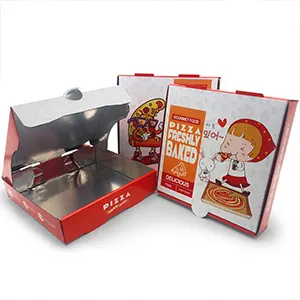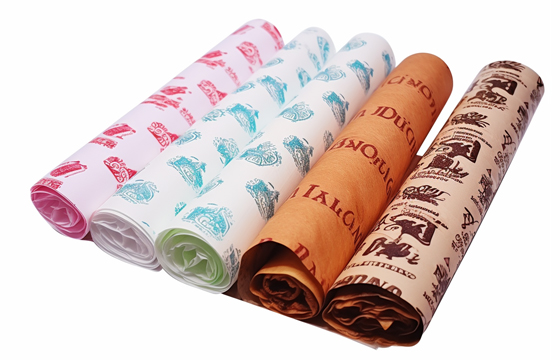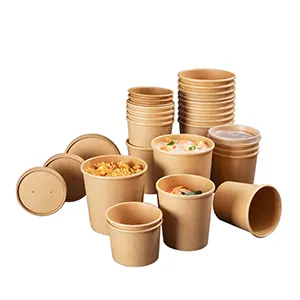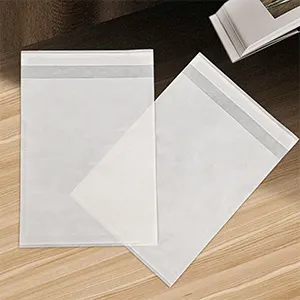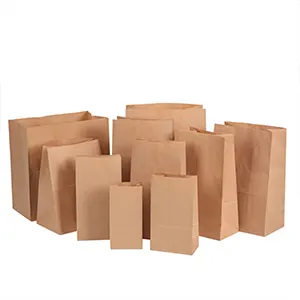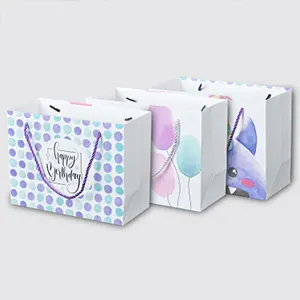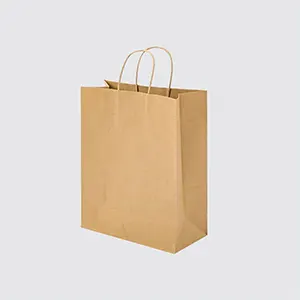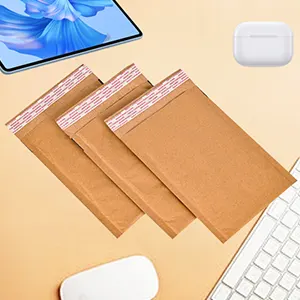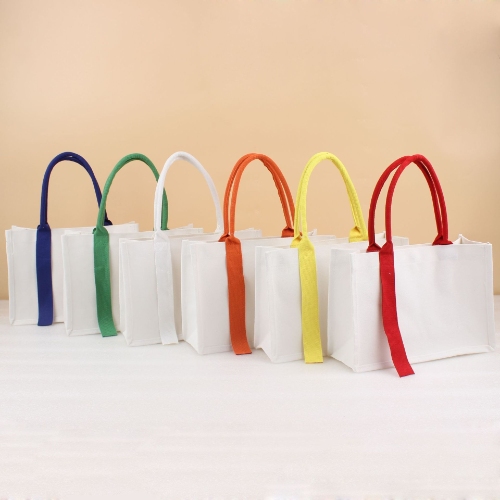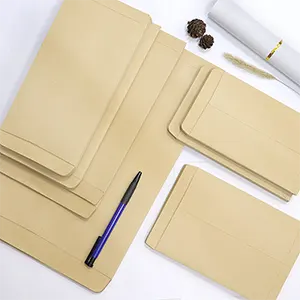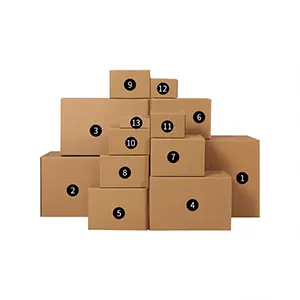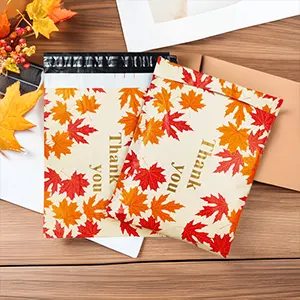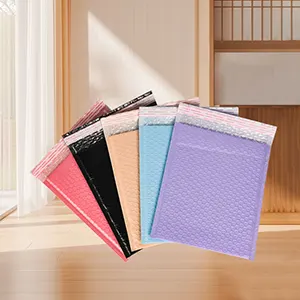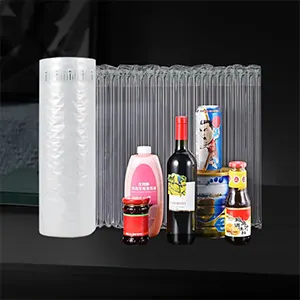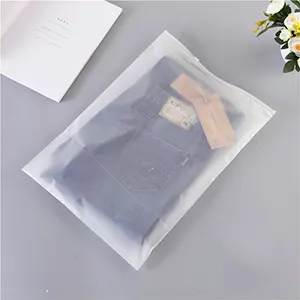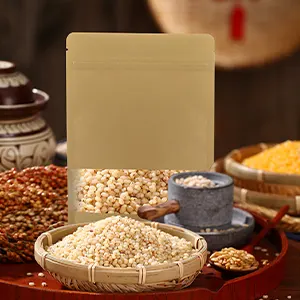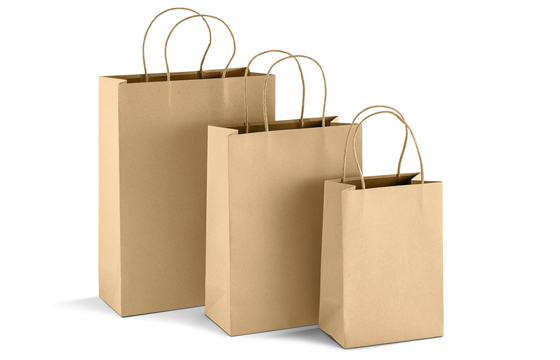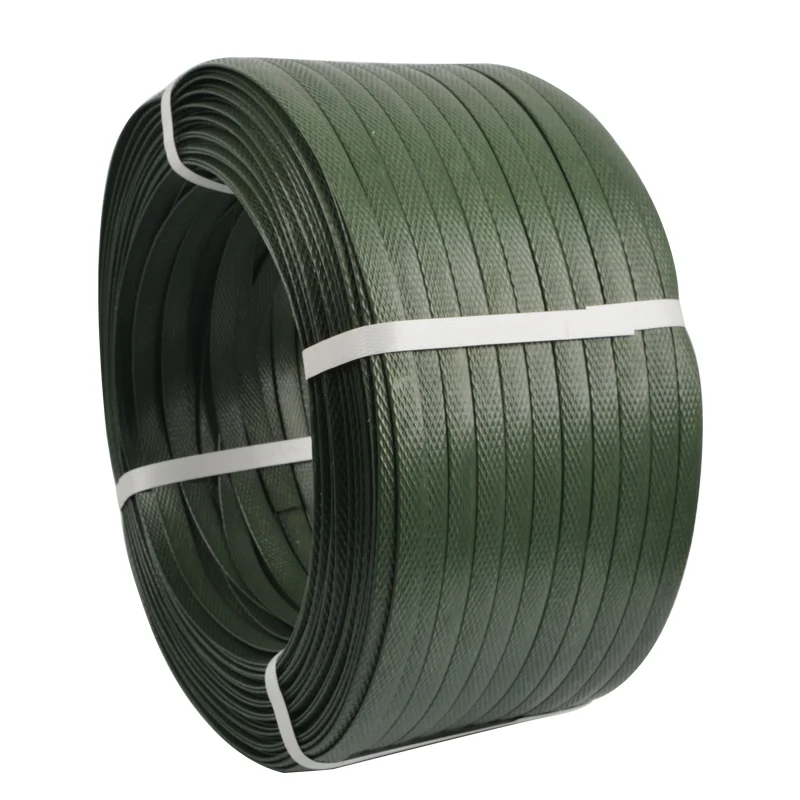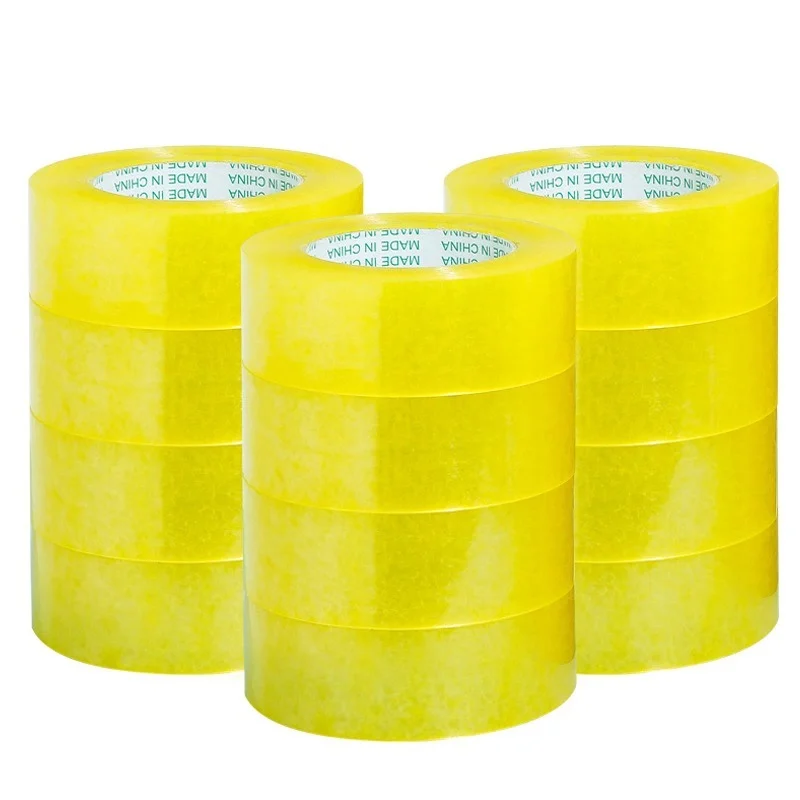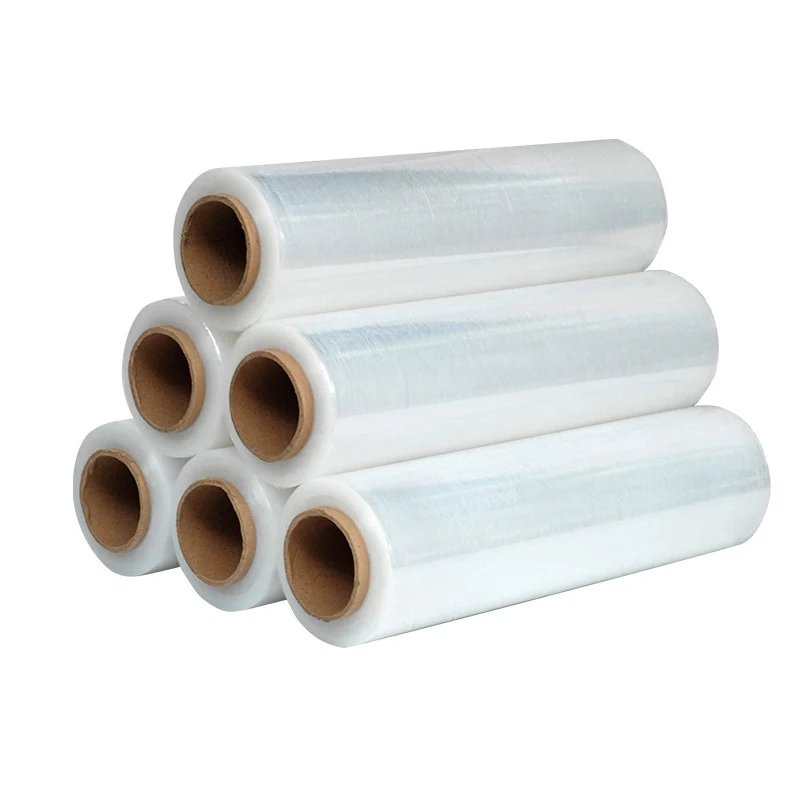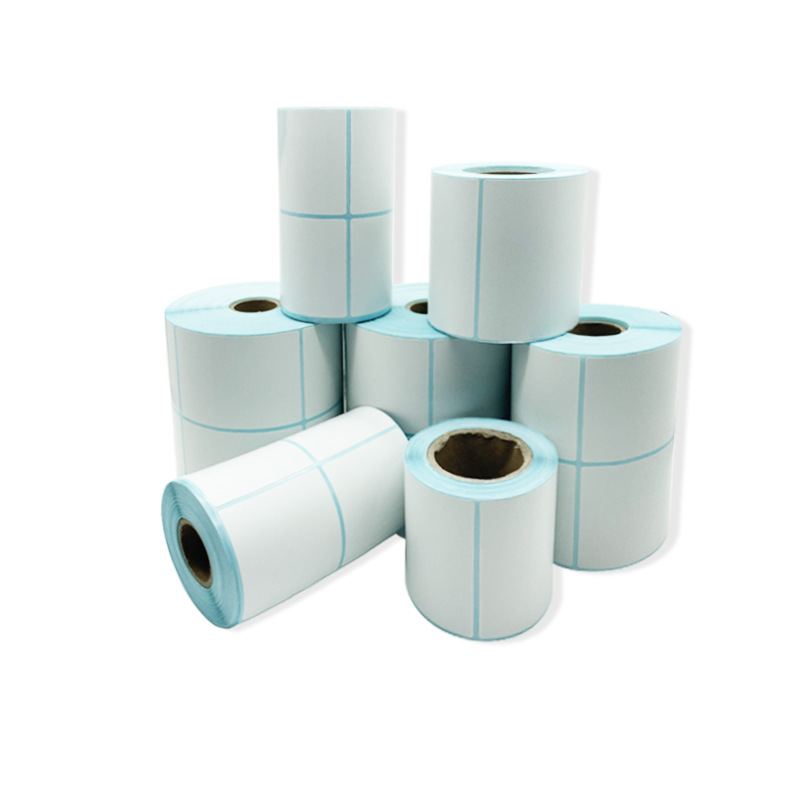Greaseproof Paper in Rolls or Sheets: A Guide to Choosing the Best
The choice between greaseproof paper in rolls or sheets is a fundamental decision for any professional kitchen or home baker. Both formats offer the same high-performance, grease-resistant paper, but they are designed for very different workflows and priorities. A roll offers unparalleled flexibility, allowing a user to cut a piece of any desired length. Pre-cut sheets, on the other hand, provide the ultimate in convenience and efficiency for repetitive tasks. The best choice is not universal; it depends entirely on your specific needs, the volume of your work, and whether you value customizability over speed. This definitive guide will provide an exhaustive comparison of the two formats, helping you to choose the best option to streamline your work.
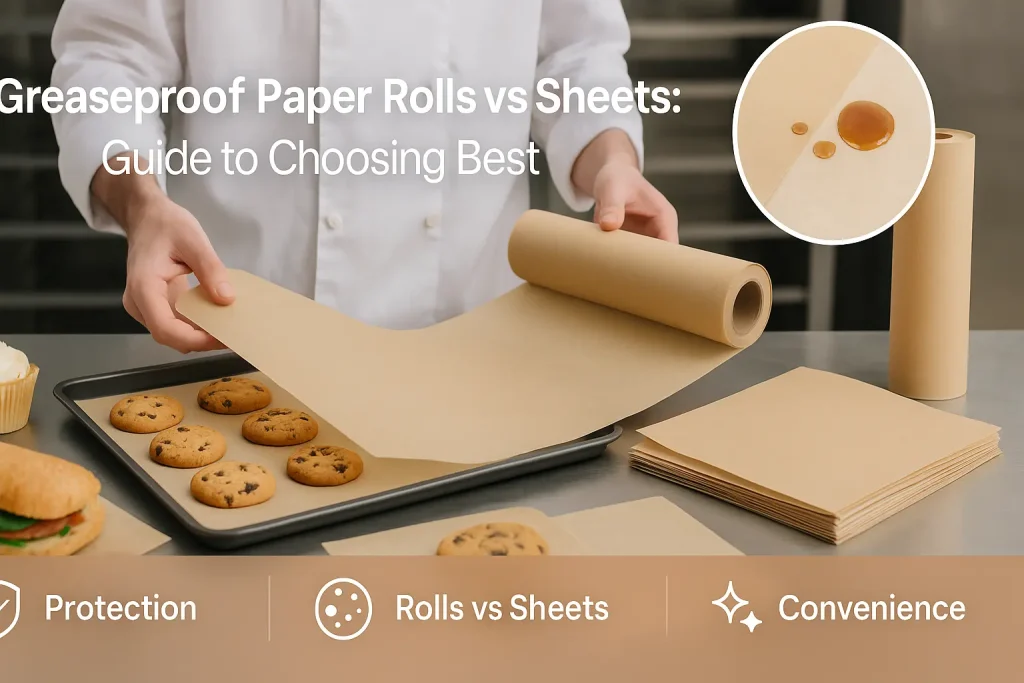
Rolls vs. Sheets: A Quick Comparison Table
To begin, it is helpful to see a direct, side-by-side comparison of the two formats. This table breaks down the key attributes of each, providing a high-level overview of their respective strengths and weaknesses. This will help to frame the more detailed discussion that follows.
The Core Differences at a Glance
The entire debate between greaseproof paper in rolls or sheets comes down to a simple trade-off: flexibility versus convenience. A roll can be adapted to any task, but it requires the extra step of measuring and cutting. A sheet is instantly ready to use for a specific task, but it is not as versatile for non-standard applications. Understanding this core trade-off is the key to making the right choice for your kitchen.
Comparison Table
| Feature | Greaseproof Paper in Rolls | Greaseproof Paper in Sheets |
| Flexibility | Excellent. Can be cut to any length or shape required. Ideal for non-standard pans, long platters, and creative projects. | Limited. Comes in pre-determined, standard sizes. Not as versatile for custom-sized tasks. |
| Convenience | Good. Requires the extra steps of unrolling, measuring, and cutting for each use. | Excellent. Ready to use instantly. Eliminates the cutting step, saving significant time in high-volume settings. |
| Storage | Very Good. A single roll is compact and easy to store in a drawer or a wall-mounted dispenser. | Good. Flat packs of sheets require a dedicated flat, clean, and dry storage space to prevent curling or damage. |
| Cost-Effectiveness | Good. Often has a lower price per square meter. However, can lead to more waste if not cut efficiently. | Very Good. Less potential for waste as each sheet is a standard size. Bulk pricing for businesses is very economical. |
| Ease of Use | Moderate. The paper has a strong tendency to curl, which can be frustrating to work with. | Excellent. The sheets are perfectly flat and easy to handle, which speeds up workflow. |
| Best For | Home bakers, kitchens with a wide variety of pan sizes, and creative, non-standard applications. | High-volume bakeries, caterers, restaurants, and anyone performing the same repetitive task many times. |
A Deep Dive into Greaseproof Paper in Rolls
The traditional format for greaseproof paper is the roll. It is a familiar sight in home kitchens around the world. Its primary advantage is its incredible flexibility, making it a true multi-purpose tool.
The Primary Advantage: Ultimate Flexibility
The number one reason to choose a roll is for its unlimited versatility. You are not constrained by a pre-determined size. If you need a very long piece to line a large platter, you can unroll it. If you only need a tiny square to separate burger patties, you can cut it. This ability to create a piece of paper of any dimension makes a roll the ideal choice for a kitchen that performs a wide variety of different tasks with many different sizes of cookware.
How to Get a Clean, Straight Cut
One of the challenges of using a roll is getting a clean cut. The serrated metal edge on the cardboard box can often create a jagged, uneven tear. For a professional-looking result, it is best to pull out the desired length of paper and then use a long pair of scissors or a sharp knife guided by a ruler to make a straight cut. In a commercial kitchen, wall-mounted dispensers with a built-in slide cutter provide the most efficient and cleanest cut.
Dealing with the "Curling" Problem
The most common frustration with greaseproof paper from a roll is its tendency to curl. Because it has been stored tightly wound, the paper has a strong "memory" and will try to roll back up on itself. This can make it difficult to get it to lie flat in a pan. The best solution is the "crumple" hack. After you have cut your piece, crumple it into a tight ball, and then smooth it back out. This will break the paper's memory and allow it to lie much flatter.
Best Use Cases for Rolls
A roll is the ideal choice for the average home baker. Their needs are often varied, from lining a small loaf pan one day to a large cookie sheet the next. The flexibility of the roll is perfect for this. It is also the best choice for any non-standard or creative project, such as crafting a large "en papillote" pouch or creating a long runner for a grazing table.
A Deep Dive into Greaseproof Paper Sheets
Pre-cut greaseproof paper sheets are the preferred choice of the professional food service industry. In a high-volume environment where time is money, the convenience and efficiency they offer are unbeatable.
The Primary Advantage: Unmatched Convenience
The single greatest benefit of pre-cut sheets is the time they save. The step of unrolling, measuring, and cutting is completely eliminated. An employee can simply grab a sheet from the box and place it on the pan. This may only save a few seconds per pan, but in a bakery that lines hundreds of pans per day, this time saving adds up to a significant reduction in labor costs.
The Benefit of Lying Flat Instantly
Unlike paper from a roll, pre-cut sheets are packed flat. This means they do not have the frustrating curling issue. They lie perfectly flat in the pan the moment they are placed down. This not only saves time but also makes them easier to work with, especially when dealing with sticky or delicate doughs.
Standard Sizes and Their Applications
Pre-cut sheets are available in a range of standard sizes that correspond to the sizes of commercial baking pans. The largest is the greaseproof paper full sheet, designed for a full-size commercial oven pan. The most common size is the half-sheet, which fits the standard baking trays used in most restaurants and home ovens. Quarter-sheet sizes are also available for smaller tasks. This standardization is key to their efficiency.
Best Use Cases for Sheets
Pre-cut sheets are the undisputed champion in any high-volume, repetitive workflow. This includes commercial bakeries, catering companies, and high-traffic restaurants. For a home baker who does a lot of one specific type of baking, like making dozens of cookies on a half-sheet pan, a pack of pre-cut sheets can also be a fantastic time-saver. Their role in a professional kitchen is why they are often referred to as catering greaseproof paper sheets.
The Cost Analysis: Which Format is More Economical?
The financial calculation between greaseproof paper in rolls or sheets is a nuanced one. It is not just about the price on the box; it is about the total cost of use, which includes the factor of waste.
Calculating the Price per Square Unit
To make a true apples-to-apples price comparison, you must calculate the cost per square unit (per square meter or square foot). You can do this by multiplying the length and width of the roll or the sheets to get the total area and then dividing the price by that number. In many cases, a large, bulk roll of paper will have a slightly lower cost per square unit than a pack of pre-cut sheets.
The "Waste Factor" of Using Rolls for Small Tasks
However, the lower unit price of a roll does not tell the whole story. You must also consider the "waste factor." When you are cutting pieces from a roll, you will inevitably create some waste from inefficient cuts. If you need many small squares, for example, you might be left with an awkward, unusable strip of paper. This waste adds to the effective cost of using the roll.
The "Bulk Buying" Advantage of Sheets for Businesses
For businesses, pre-cut sheets are almost always more economical in the long run. They can be purchased in bulk cases of several thousand sheets at a very low price per sheet. The elimination of waste and, more importantly, the significant savings in labor time make them a much more cost-effective solution for a commercial operation. The professional greaseproof paper sheets market is heavily geared towards these bulk sheet formats.
Application-Specific Recommendations
The best choice between greaseproof paper in rolls or sheets ultimately depends on the specific user and their primary tasks. Here are some recommendations for different types of users.
For the Casual Home Baker
For the person who bakes a few times a month and does a wide variety of different recipes, a roll is generally the more versatile and practical choice. Their needs are varied and unpredictable, and the flexibility of the roll is a perfect match for this. The slight inconvenience of cutting and the curling issue are not major problems for an infrequent user.
For the High-Volume Home Baker
For the passionate home baker who is always making cookies, macarons, or other items on a standard baking sheet, a pack of pre-cut half-sheets can be a life-changing discovery. The convenience and time saved will be highly appreciated. They may still want to keep a roll on hand for other, non-standard tasks.
For a Small Café or Deli
A small café or deli will likely benefit from using a combination of both formats. They might use pre-cut sheets in a specific size for their most common task, such as lining their pastry display trays. They would also keep a large roll on hand for wrapping sandwiches of different sizes and for other miscellaneous tasks.
For a Large Catering Operation or Bakery
For any large-scale, high-volume food production business, pre-cut sheets are the only logical choice. The efficiency and labor savings they provide are essential in a professional environment. These businesses will often have a supply of several different sizes of pre-cut sheets, including large greaseproof paper sheets and full-sheet sizes.
Storage and Handling Comparison
The physical format of the paper also affects how it should be stored and handled to maintain its quality and hygiene.
The Compact Storage of a Roll
A roll is very easy to store. The cardboard box protects the paper, and it can be easily kept in a standard kitchen drawer. Wall-mounted dispensers are also a popular and efficient storage solution in both home and commercial kitchens.
The Need for Flat, Clean Storage for Sheets
Pre-cut sheets must be stored flat to prevent them from bending or curling. They must also be kept in a clean, dry place, and the box should be kept closed to protect the sheets from dust and moisture. A dedicated, flat shelf or a large drawer is the ideal storage spot.
Dispensing Systems for Rolls in a Pro Kitchen
In a commercial kitchen, a wall-mounted dispenser is the best way to handle a roll. These dispensers hold the large, heavy roll and provide a clean, straight cutting edge. This makes it very fast and easy for staff to pull and tear a sheet to the desired length.
Dispensing and Handling Sheets for Hygiene
The dispenser boxes for pre-cut sheets are often designed to allow a user to pull out one sheet at a time without touching the others. This is an important feature for maintaining hygiene in a professional kitchen. It ensures that each sheet remains clean and untouched until the moment it is needed.
Technical Considerations for Both Formats
Regardless of the format you choose, the underlying quality of the paper is the most important factor. All the convenience of a pre-cut sheet is useless if the paper itself is of low quality.
Ensuring Quality Regardless of Format
Whether you are buying a roll or a pack of sheets, you should always look for the key quality indicators: a food-safe certification, a high oven-safe temperature rating, and a durable, substantial feel. These are the universal marks of a good product. The overall quality of any greaseproof paper sheets for food should be your first priority.
Final Thoughts
The choice between greaseproof paper in rolls or sheets is a classic case of flexibility versus convenience. There is no single "best" answer. The right format is the one that best fits your specific workflow, your volume of use, and your primary applications. A roll is the versatile multi-tasker, perfect for the varied needs of a home kitchen. A pre-cut sheet is the efficient specialist, ideal for the high-volume, repetitive tasks of a professional operation. By carefully considering the pros and cons of each, any baker or chef can choose the format that will make their time in the kitchen easier, cleaner, and more productive.
JERL has been working hard on the road of custom packaging. Next time when you feel the need to impress someone with your brand, think of JERL Packaging!

